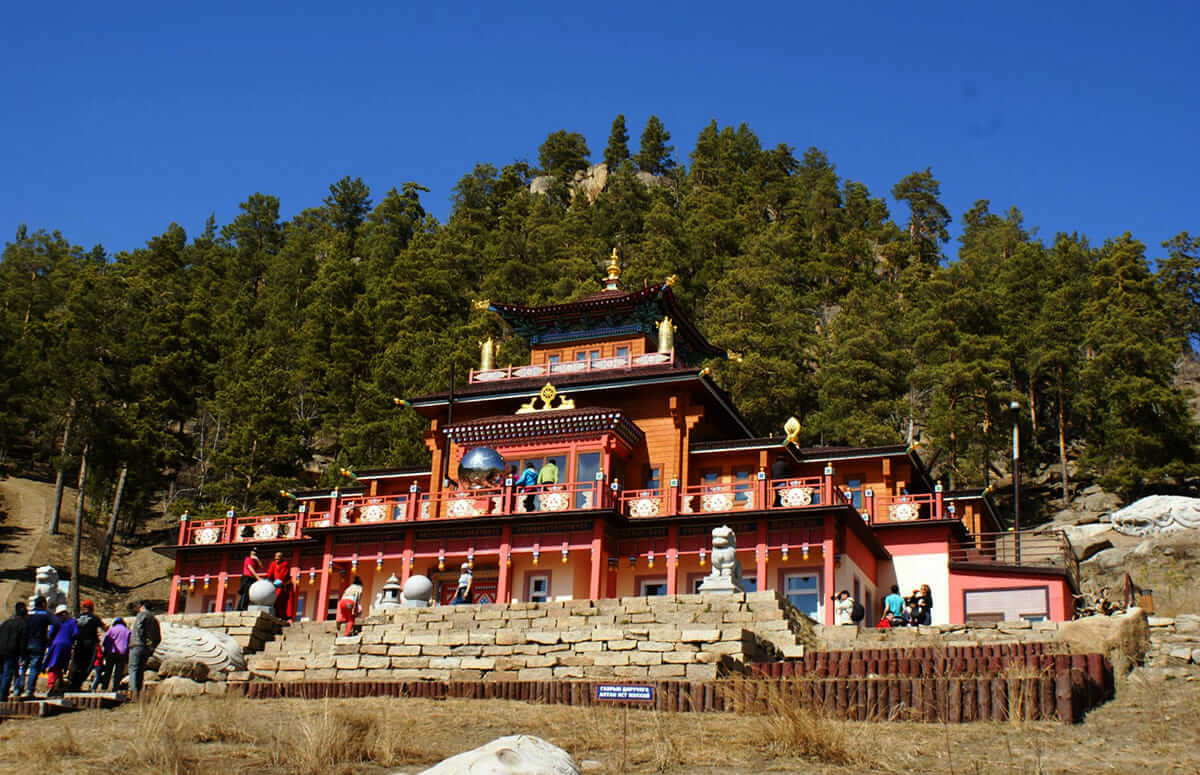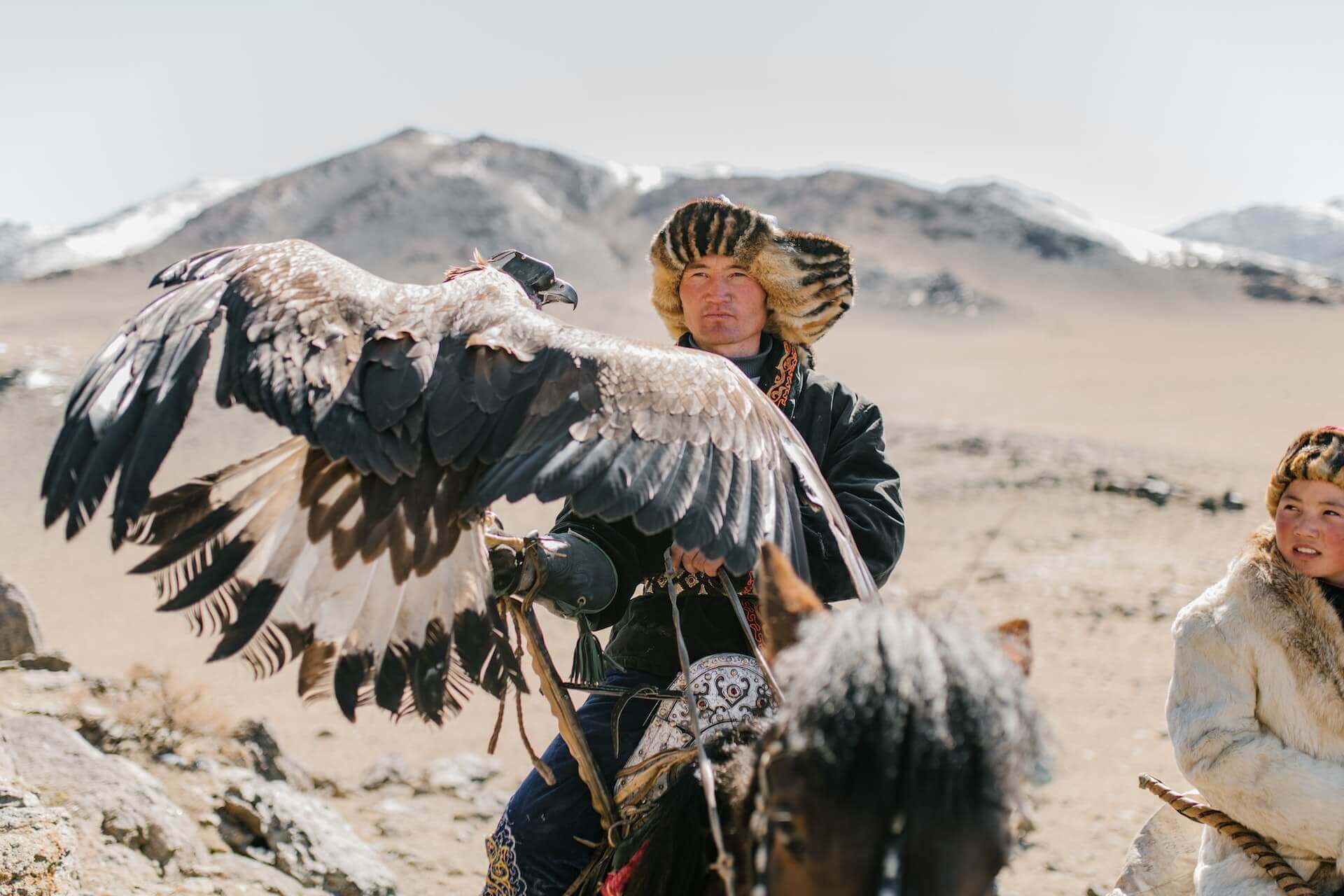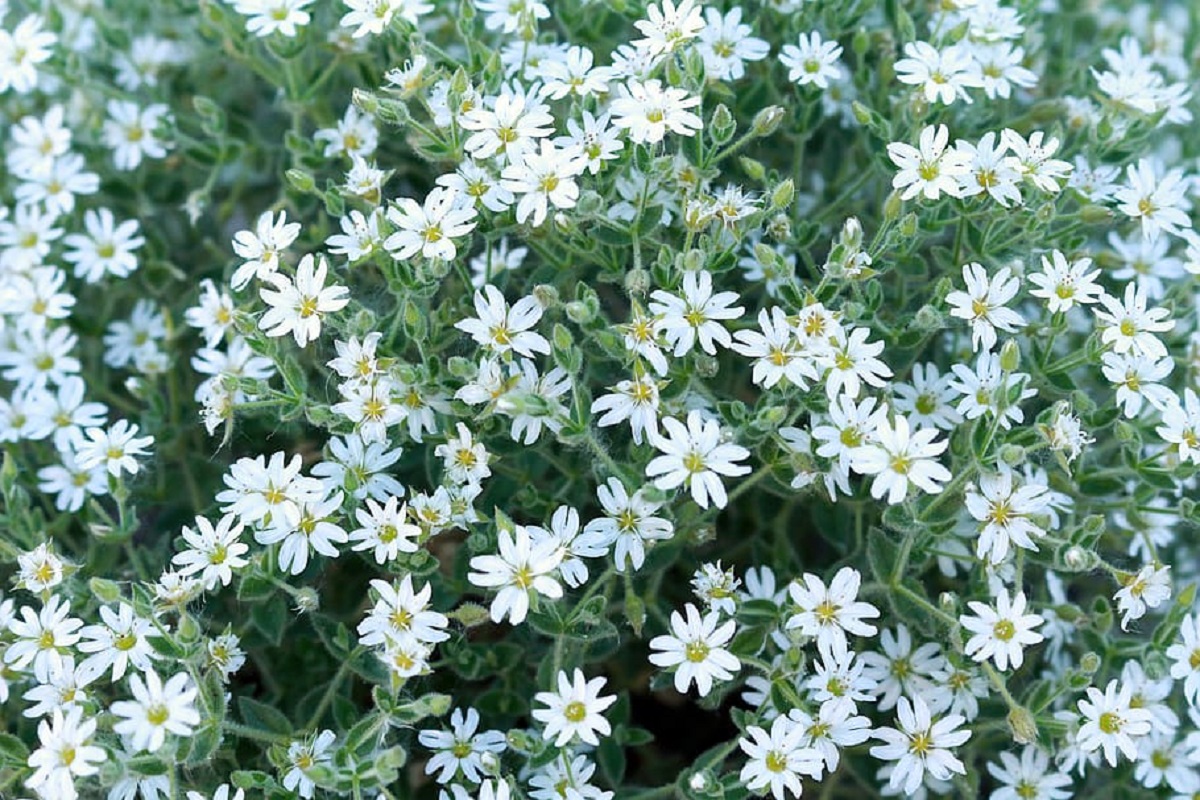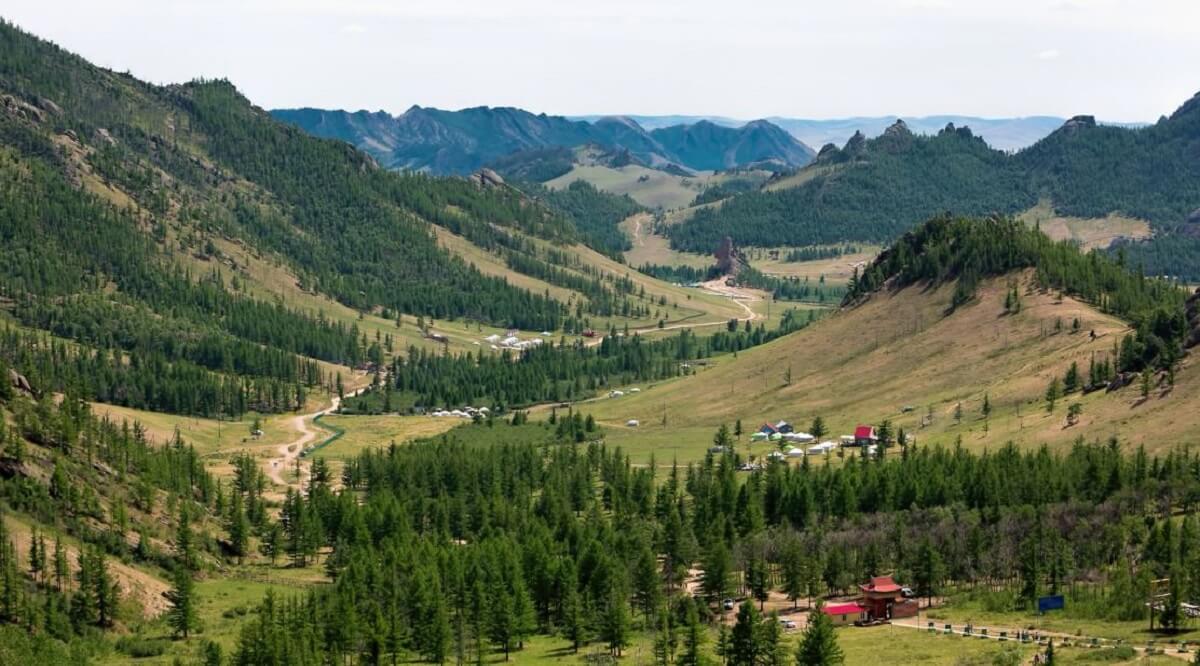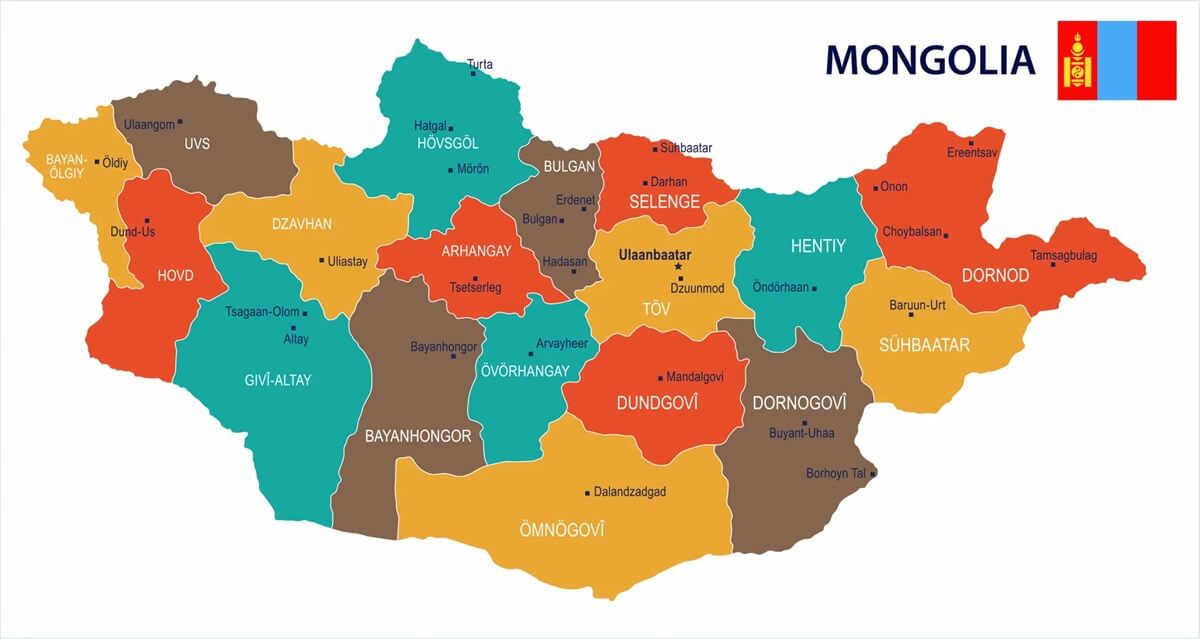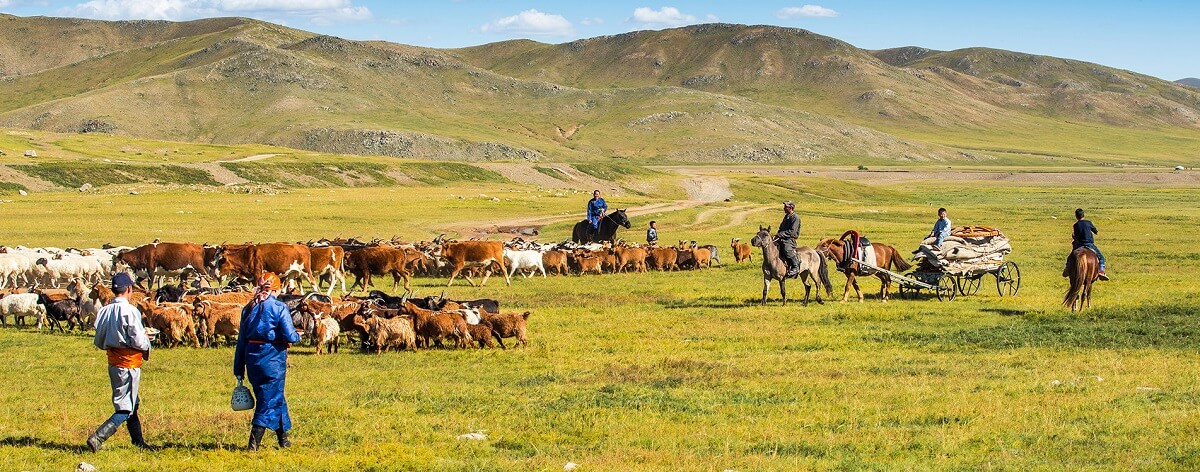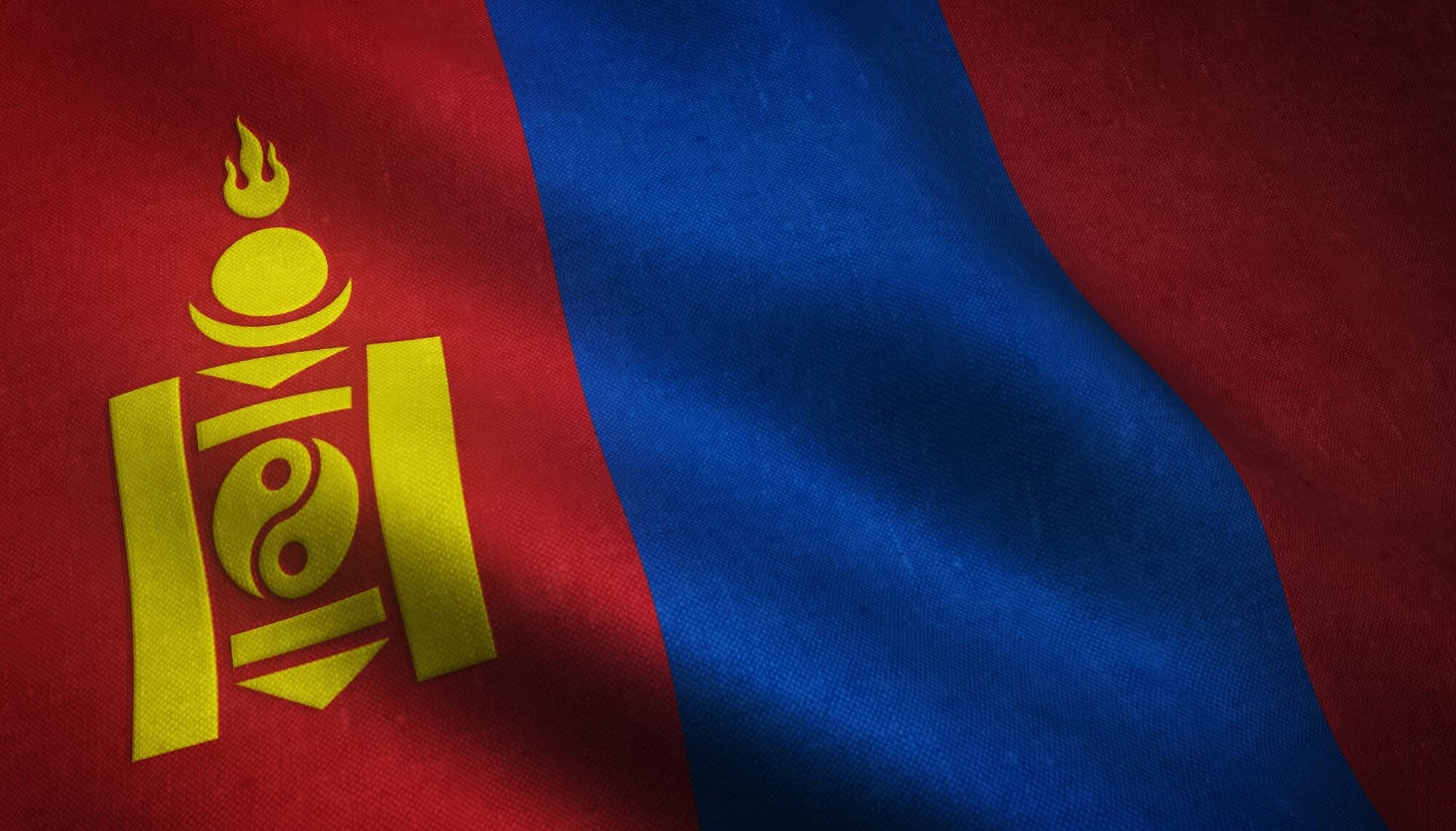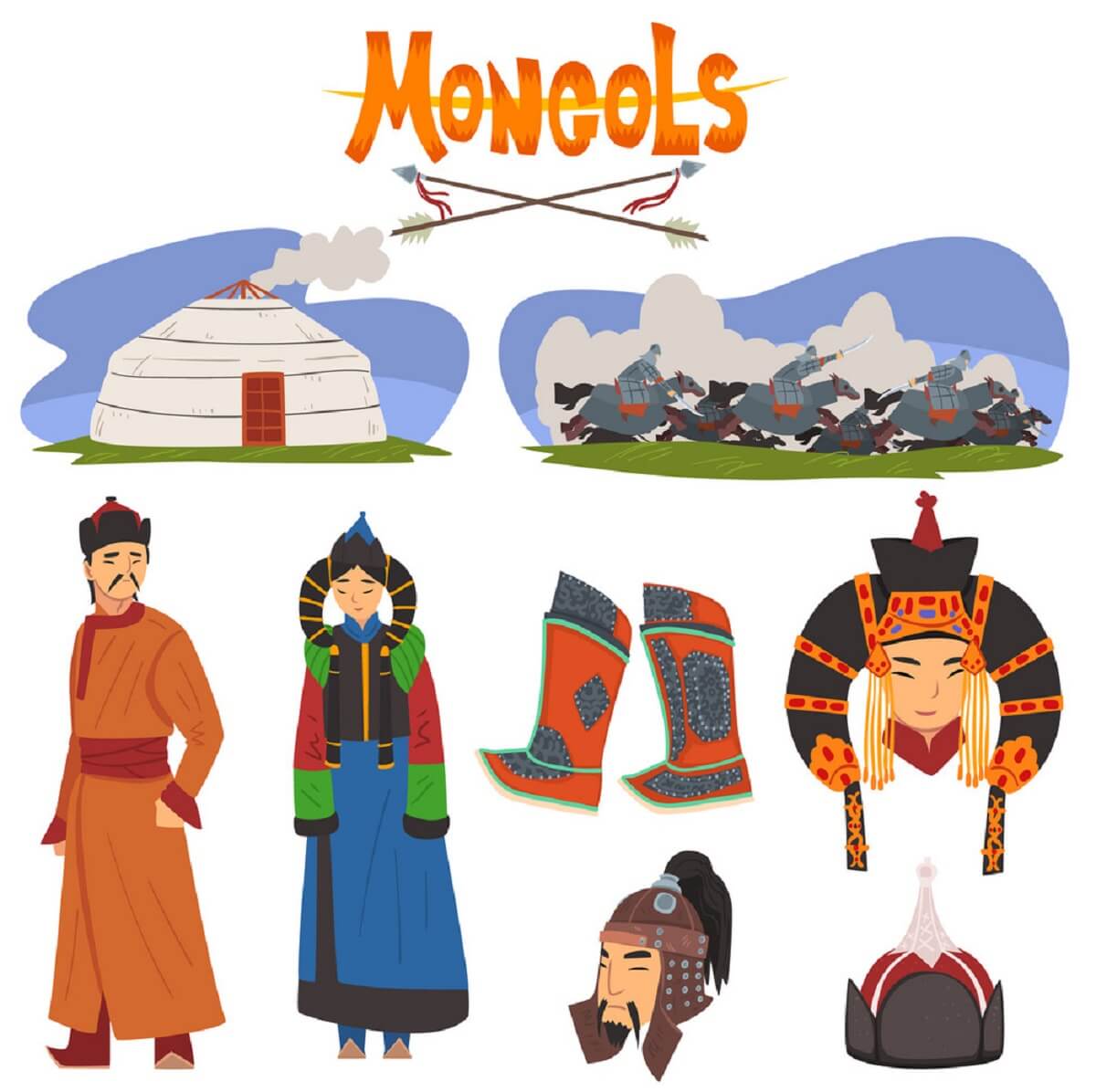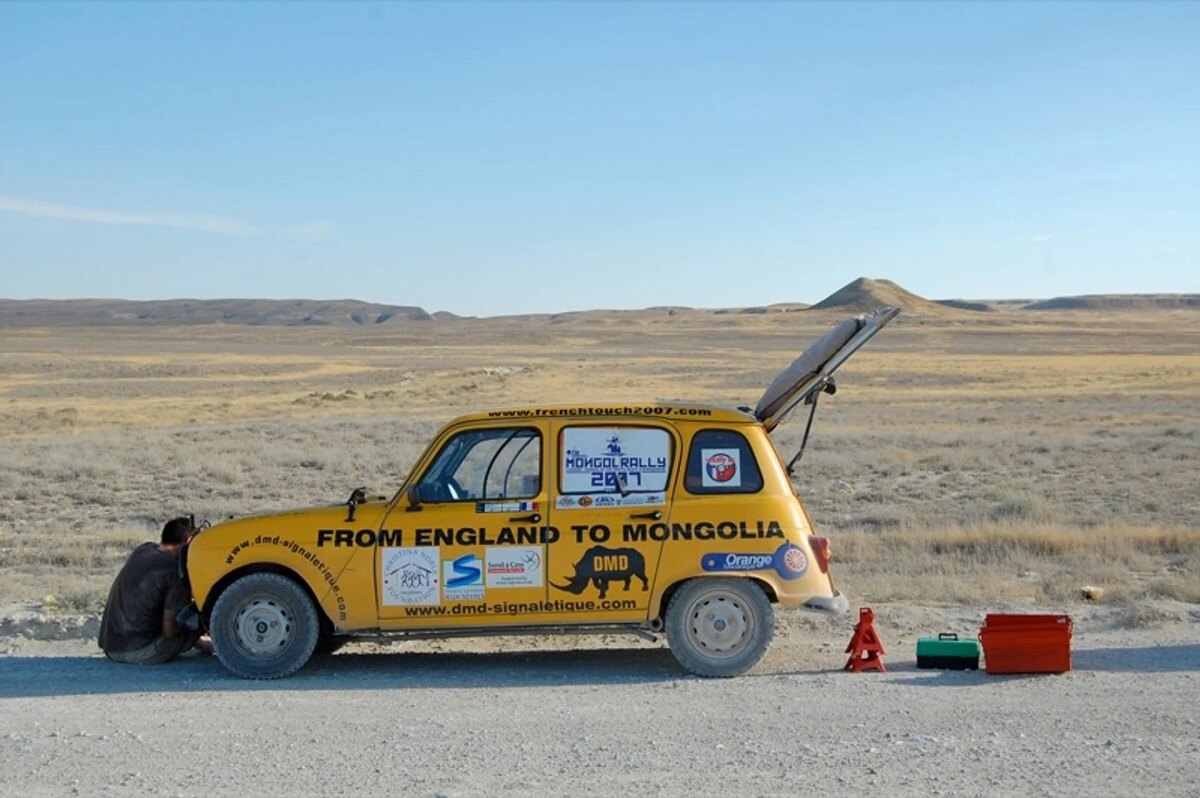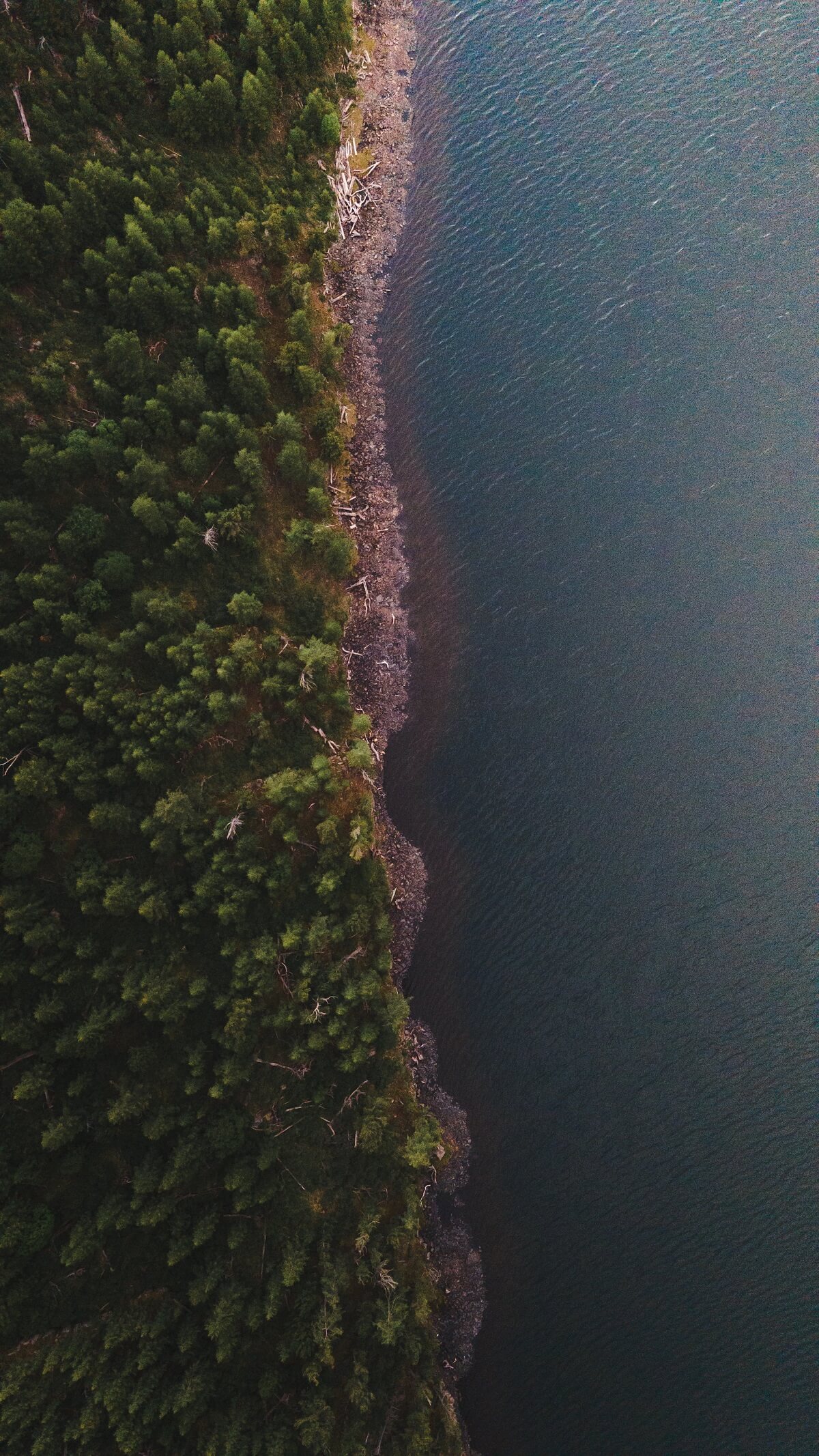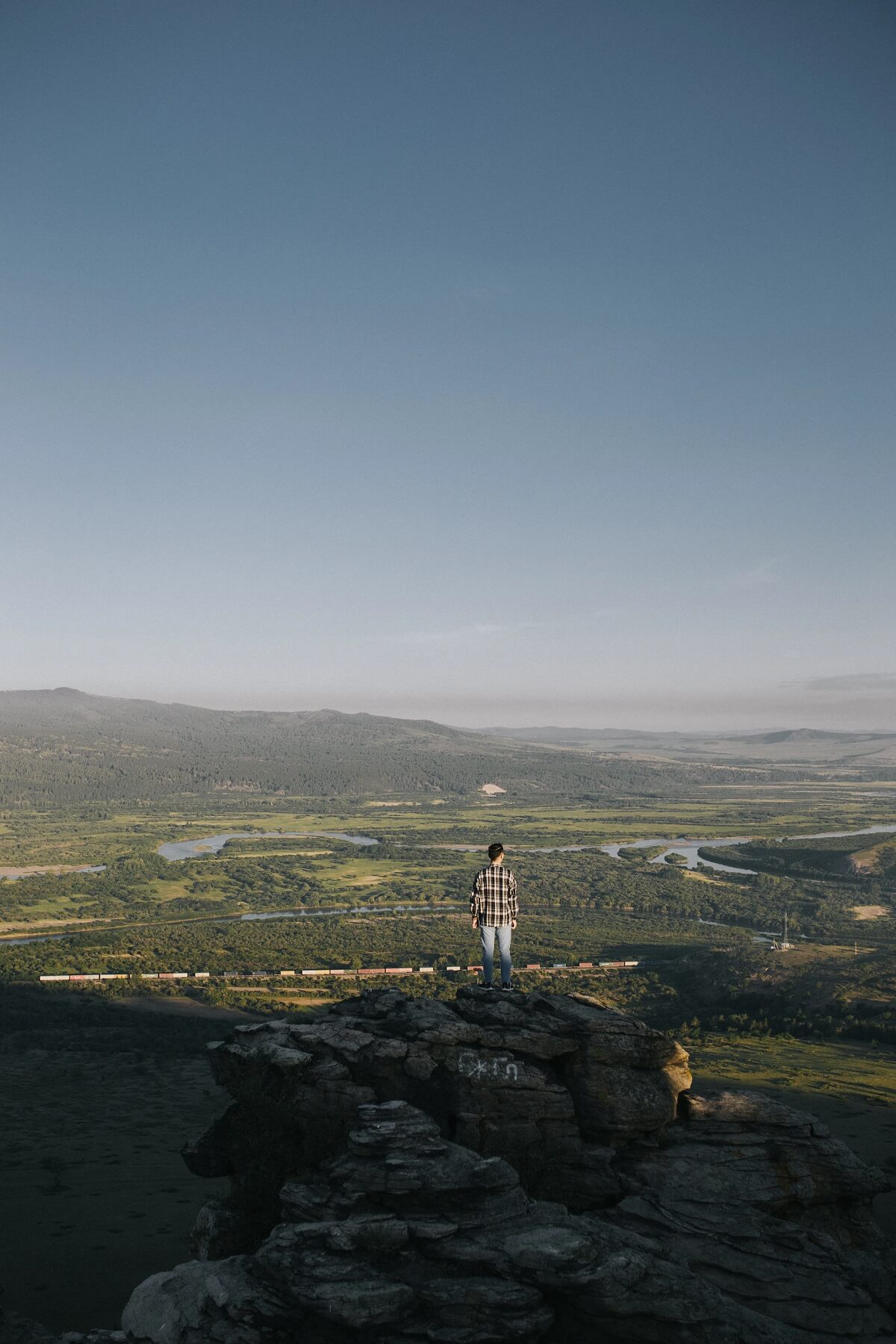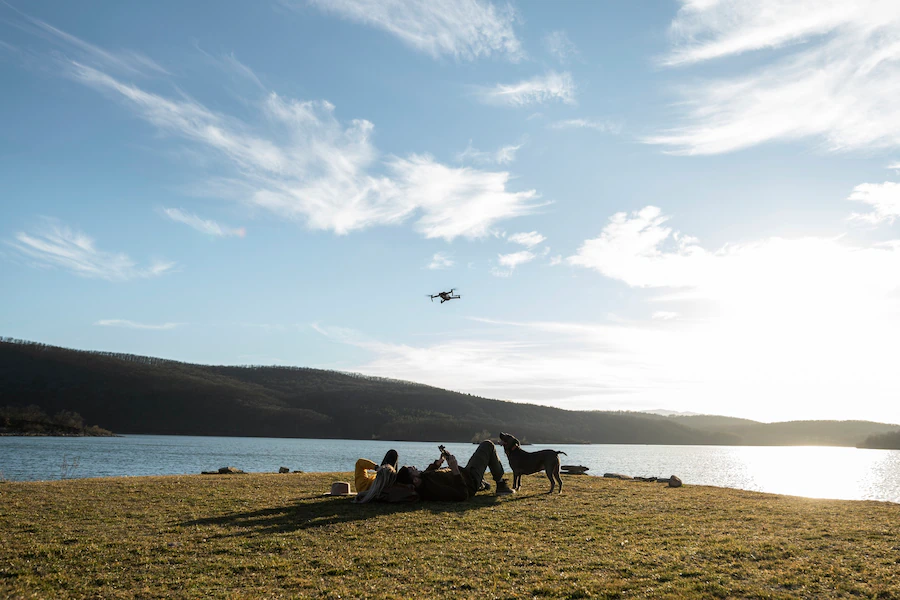Mongolian traditional medicine – This unique form of medicine, deeply entwined with the nomadic lifestyle of the Mongolian people, offers a fascinating blend of natural remedies, spiritual healing, and ancient wisdom.
Let’s embark on a journey to explore the intriguing world of Mongolian traditional medicine, from its origins and development to the diverse medicinal plants that adorn the vast Mongolian landscape, and discover how the Mongols expanded their medical knowledge across the globe.
Introduction to Mongolian Traditional Medicine
Imagine a vast, open steppe under the endless sky, where nomadic tribes roam with their herds. In this rugged, beautiful landscape, Mongolian traditional medicine was born out of necessity and a profound connection with nature.
It’s a holistic approach to health that considers the physical, emotional, and spiritual well-being of an individual.
This ancient system integrates the use of medicinal plants, animal products, minerals, and various therapeutic techniques, including massage and bone-setting.
It’s fascinating how these practices have been passed down through generations, becoming an integral part of Mongolian culture and identity.
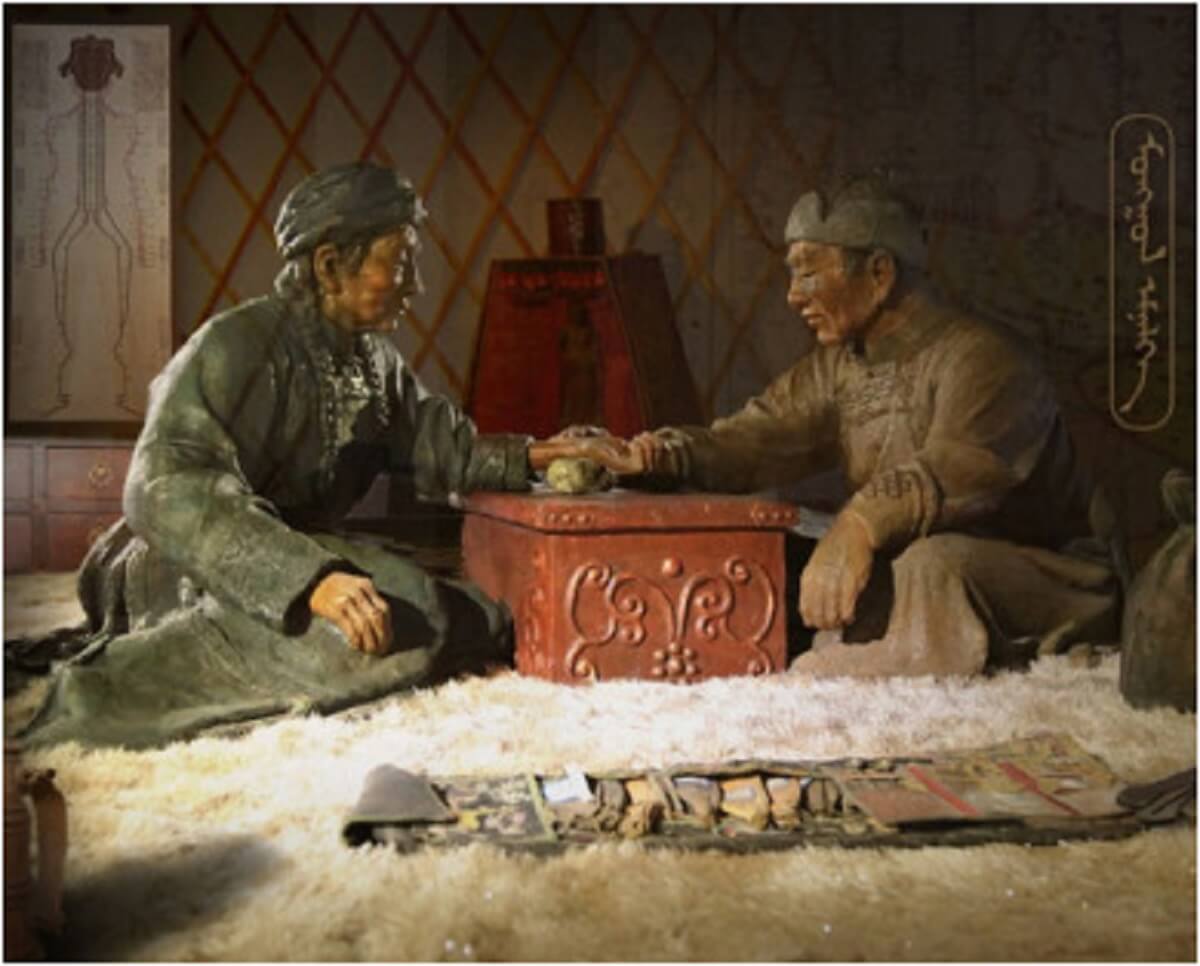


Origin and Development
The roots of Mongolian medicine stretch deep into the country’s history, intertwining with the teachings of Tibetan Buddhism and the shamanistic traditions of the Mongol tribes.
It was during the era of the Mongol Empire, under the rule of the great Genghis Khan, that Mongolian medicine began to flourish. The Mongols, renowned for their skill in warfare, were also curious and open-minded, eager to absorb knowledge from the cultures they encountered.
As the empire expanded, it became a melting pot of medical wisdom, incorporating elements from Chinese, Persian, Indian, and Arabic medicine.
Over the centuries, Mongolian medicine continued to evolve, integrating these diverse influences into a coherent system.
The 13th century marked a significant milestone with the establishment of the first medical institutions and the translation of many foreign medical texts into Mongolian.
This period of enlightenment laid the foundation for the development of a rich medical tradition that has survived to this day, despite challenges and periods of decline.
Medicinal Plants in Mongolia
Mongolia’s vast and varied landscape is a treasure trove of medicinal plants, each with its own story to tell.
The traditional Mongolian pharmacopeia includes over 400 species of plants used for healing purposes. Among these, the most revered include:
- Sea Buckthorn (Hippophae rhamnoides): Known as a powerhouse of vitamins and nutrients, sea buckthorn is used to boost immunity, heal skin injuries, and prevent various diseases.
- Mongolian Dandelion (Taraxacum officinale): Employed for its detoxifying properties, it’s a remedy for liver ailments and digestive issues.
- Siberian Ginseng (Eleutherococcus senticosus): Used to increase energy, stamina, and resistance to stress, this plant is a testament to the resilience of the Mongolian spirit.
These plants are just a glimpse into the rich botanical heritage of Mongolia, where each herb and flower holds the potential for healing.
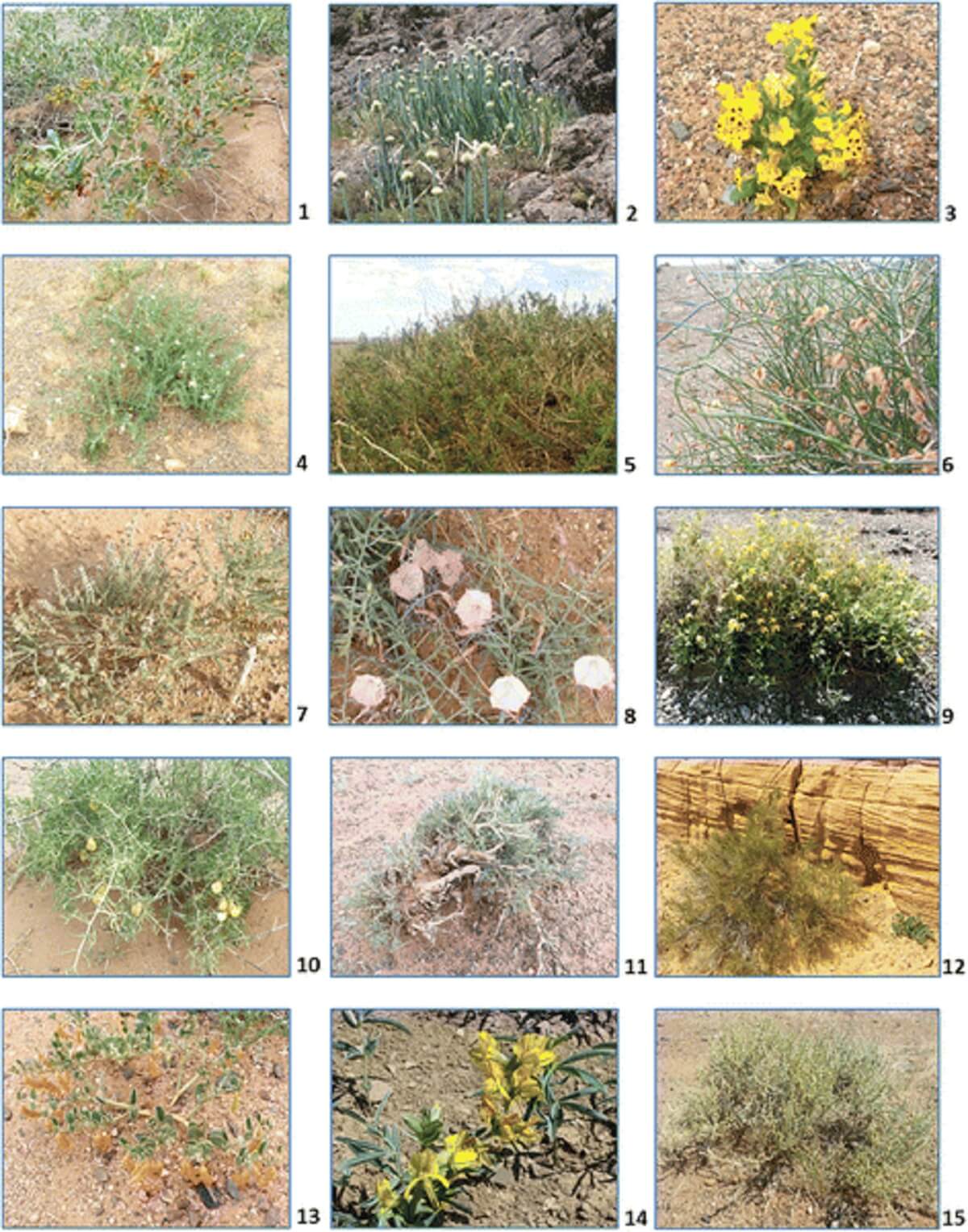
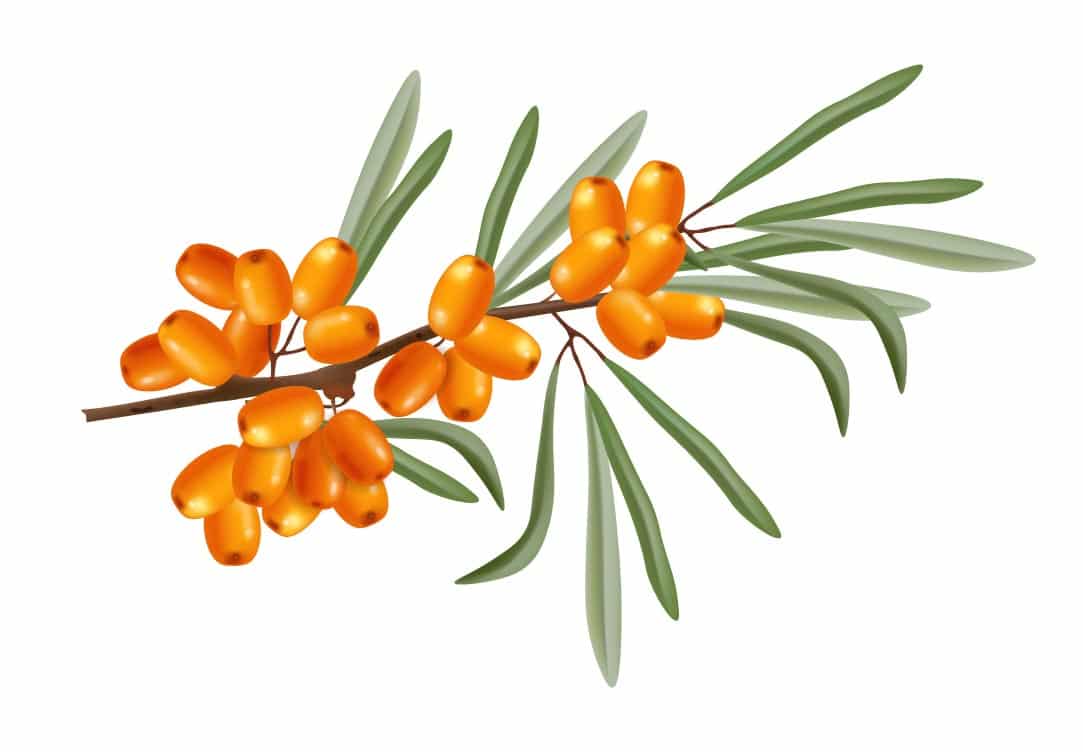
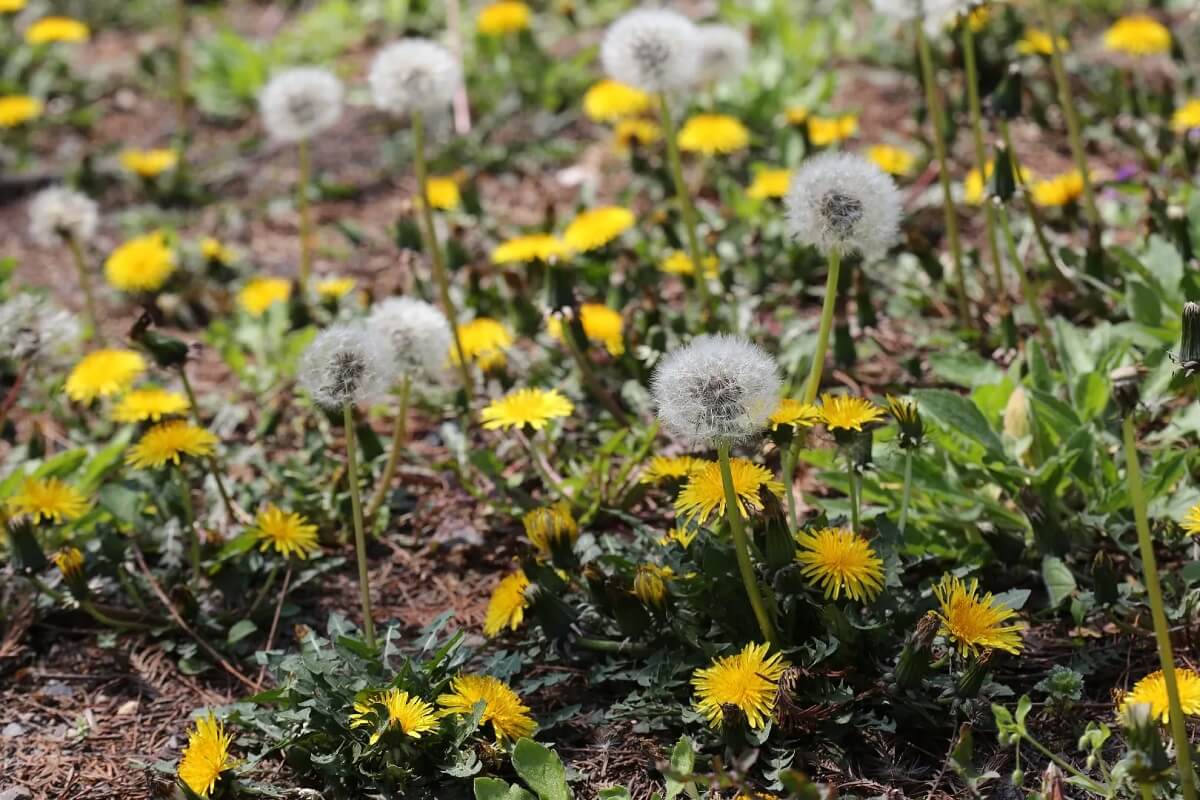
Global Expansion of Mongolian Medical Knowledge
The Mongol Empire, at its zenith, was the largest contiguous land empire in history, facilitating unprecedented cultural and knowledge exchange along the Silk Road.
This vast network of trade routes became a conduit for the spread of Mongolian medical knowledge across Eurasia.
The Mongols, with their characteristic pragmatism and openness, encouraged the sharing of medical practices among the various peoples of their empire.
They established hospitals and medical schools in their capital cities, attracting scholars and physicians from far and wide.
Through these interactions, Mongolian medicine influenced and was influenced by the medical traditions it encountered, leading to a rich cross-pollination of ideas and practices.

For instance, the concept of surgery, which was advanced in the Islamic world, was introduced to Mongolia, while Mongolian techniques in bone-setting and the use of certain herbal remedies spread to other cultures.
The legacy of Mongolian traditional medicine is a testament to the Mongols‘ remarkable ability to assimilate and disseminate knowledge across the vast expanse of their empire.
It underscores the importance of openness, dialogue, and respect for different cultures in the advancement of medical science and the betterment of human health.
Conclusion
Mongolian traditional medicine, with its deep roots and rich history, offers a unique perspective on health and healing. It’s a system that values harmony with nature, balance within the body, and the interconnectedness of all things.
As we explore the ancient wisdom of Mongolia, we’re reminded of the enduring power of traditional medicine to heal, not just the body, but the soul.
In our modern quest for well-being, perhaps there’s much to learn from the nomadic healers of Mongolia, whose practices have withstood the test of time, offering insights into a holistic approach to health that is both ancient and profoundly relevant today.

